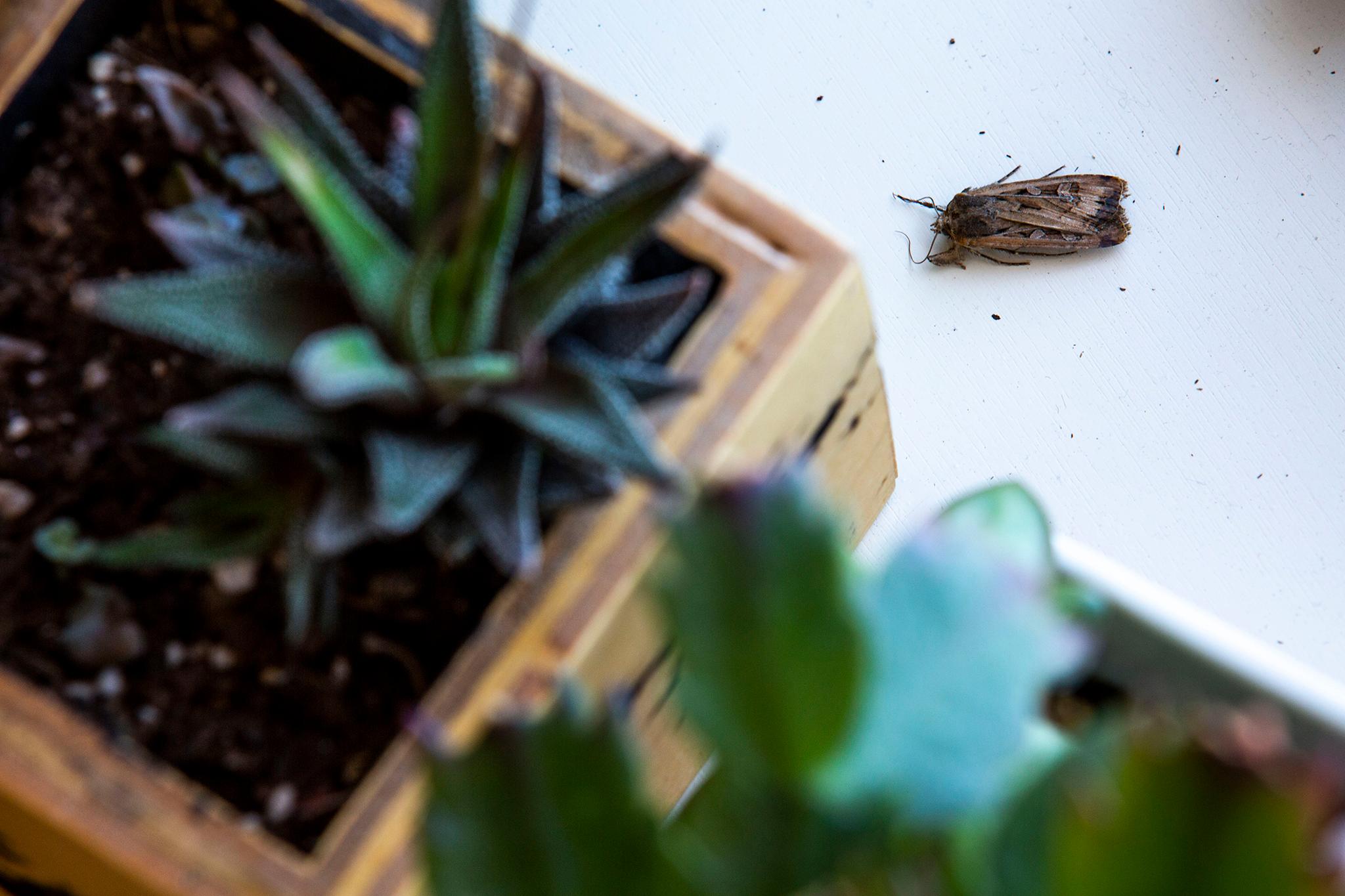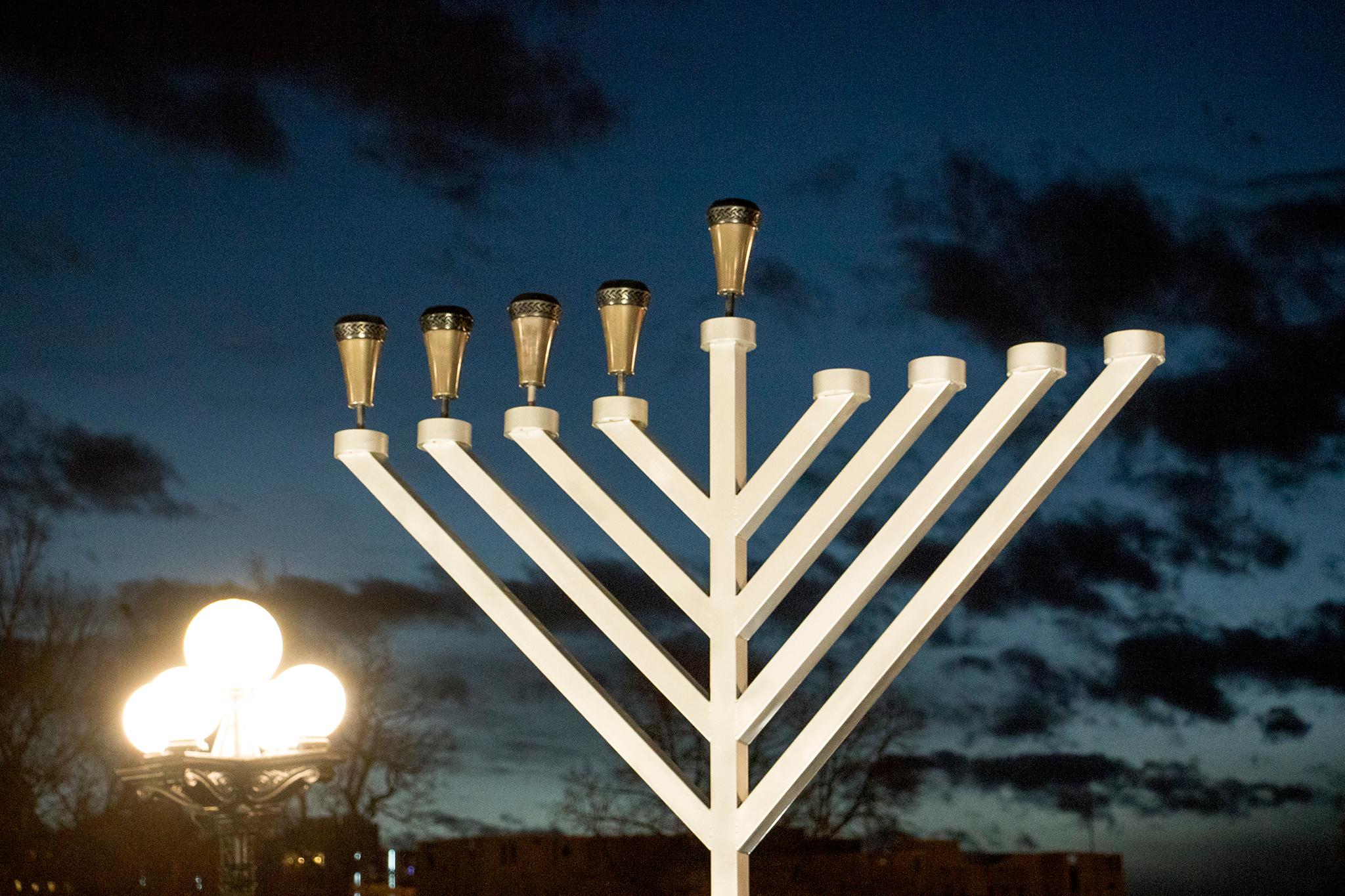An untold number of miller moths, who have been hatching in the Great Plains, will fly into Denver in the days ahead as they flutter their way to the Rocky Mountains.
Some Denverites will fear them – maybe even kill them. Others will celebrate their role in the ecosystem as nighttime pollinators and delicious snacks for birds, reptiles and even bears.
After hatching from cocoons on crops, miller moths travel more than 100 miles in their few-month lifespan. They follow the light of the moon.
In Denver, they often find themselves smacking into lightbulbs until they realize their destination is elsewhere. Others die here, lost in the big city.
The migration through Denver is likely to start any day now and continue for several weeks. It’s unclear yet how this wave will compare to some in the past.
There’s a lot that lepidopterists (moth experts) don’t know about moths.
How many fly into Denver? What is their survival rate? How is climate change impacting their migration patterns? We don’t know.
Currently, there’s not enough information out there to predict how large a migration will occur in any given year, though weather patterns likely influence it, said Francisco Garcia, the Butterfly Pavilion’s director of science and conservation.
Invertebrates represent 97 percent of all the species on the planet, he said. And they are often misunderstood – even feared.
There are many challenges in studying them.
“They have very short life cycles,” Garcia said. “They’re very small. And they also fly all over the place.”
Another obstacle: The Trump administration is slashing federal funding for the sciences, which Garcia worries will slow down moth research critical to understanding climate change and ecosystems
Do not fear the miller moth.
Moths, unlike butterflies, are often underappreciated — in part, because nighttime is stigmatized and they’re far less colorful.
People think miller moths will bite, eat their clothes, and attack pets and children.
“They are completely harmless,” Garcia said. “They are just passing through for a while.”
He likens Denver to an Airbnb for miller moths. They settle here for a few days and move on.
“The best we can do is not harming them, turning off our lights during the night and then allowing these migrations to go through and finish,” Garcia said. “We need these pollinators. We need them pollinating all these different plants in the ecosystem and also feeding reptiles, birds and all these different animals.”
Miller moths also fuel the agricultural economy by pollinating crops worth millions of dollars. And ultimately, they help propagate the wildflowers and other native plants of the Rockies.
They may be small, but their role in the ecosystem is huge.
Garcia describes them as “tiny, little giants… our heroes.”













